This article was medically reviewed by Janice Litza, MD. Dr. Litza is a board certified Family Medicine Physician in Wisconsin. She is a practicing Physician and taught as a Clinical Professor for 13 years, after receiving her MD from the University of Wisconsin-Madison School of Medicine and Public Health in 1998.
There are 8 references cited in this article, which can be found at the bottom of the page.
This article has been viewed 11,762 times.
Sepsis is a life-threatening condition caused by the immune system trying to fight off infection. With sepsis, the immune system's response to infection goes into overdrive and the chemicals it releases create inflammation throughout the body. Diagnosing this condition first requires that you know its symptoms, so that you can get prompt medical care. This is a problem that requires immediate medical treatment to avoid serious complications or even death. A diagnosis from a medical professional is then key for getting proper treatment and beginning recovery.[1]
Steps
Identifying the Signs of Sepsis
-
1Suspect sepsis if you have an infection. Since sepsis is a reaction to an infection in the body, you will only get it if your body is fighting off an infection. The infections that most often cause sepsis include:[2]
- Pneumonia
- Urinary tract infection
- Skin infection (such as Staph)
- Digestive system infection
- Infection at surgical incision site
-
2Look for the symptoms of sepsis. Sepsis can be hard to identify if you are recovering from an infection, as you are likely to have additional symptoms related to your illness. However, there are a variety of symptoms that indicate sepsis and should be taken seriously if they begin. The most common symptoms include:[3]
- Disorientation or confusion
- Trouble breathing
- Elevated heart rate
- Fever, typically above 101 °F (38 °C)
- Hypothermia, typically below 96.8 °F (36.0 °C)
- Shivering
- Sweaty skin or clamminess
- Pain
Advertisement -
3Determine whether you have risk factors for getting sepsis. Sepsis is a condition that affects some groups of people more than others. If you are part of one of these groups, you are recovering from an infection, and you are developing the symptoms of sepsis, you should get medical care immediately. The groups of people that develop sepsis most often include:[4]
- Adults over 65 years old
- Those with chronic medical conditions, including diabetes, lung disease, kidney disease, and cancer
- People with weakened immune systems
- Children under 1 year old
- Those who have been treated in an intensive care unit recently
- Those who have used a catheter or breathing tube recently
Getting a Medical Diagnosis
-
1Call a doctor if you suspect you have sepsis. Sepsis is a life-threatening condition that needs to be treated by a doctor. If you think that you might have it, call your doctor's office and tell them about your condition. If your symptoms do sound serious, your doctor will tell you to come in right away or to go to an emergency room.[5]
- If your doctor's office is not open when you determine you might have sepsis, go to an emergency room.
- If your doctor's office is closed but you are hesitant to go to an emergency room, some medical insurance companies provide phone numbers you can call for medical advice at any hour. If you have access to one of these programs, call the number and discuss your symptoms with the expert on the line. They can give you immediate advice about what to do.
-
2Allow a doctor to assess your vital signs. Once you are in a medical facility, whether it be your doctor's office or an emergency room, the medical staff will assess your temperature, blood pressure, heart rate, and breathing rate. If any combination of these are abnormal, it may indicate that you have sepsis.[6]
- Abnormal vital signs can also signal other health problems. They may just be symptoms of the underlying infection that you are fighting off, so your doctor will continue searching for the cause.
- Sepsis can be hard to diagnose at its early stages because its symptoms are similar to many other conditions.
-
3Have lab tests and imaging done. If your doctor suspects that you might have sepsis, they will order laboratory tests to check for signs of infection and organ damage. Your doctor may order a wide array of tests, including those that measure the function of your liver and kidneys, as well as the makeup of your blood.[7]
- Your doctor may need to do several rounds of tests to determine whether you have sepsis. The initial round will likely include a general blood chemistry and cell count test. The secondary tests are likely to include blood cultures and urinalysis.
- Sepsis can cause blood clots in the body, so your doctor may also order imaging to spot any clots that may have developed.[8]
Treating Sepsis
-
1Get admitted to the hospital. People with confirmed cases of sepsis should be treated in a hospital. They need comprehensive medical treatment that typically includes the use of oxygen, intravenous (IV) fluids, and a variety of medications.[9]
- If you are diagnosed with sepsis in your doctor's office and they think the condition is serious, the doctor will likely call an ambulance and have you transferred to a hospital for treatment.
-
2Approve your doctor's treatment plan. Sepsis treatment typically includes administering replenishing fluids, taking antibiotics, maintaining blood flow to organs, and treating any underlying infections. Treatment with antibiotics should begin as soon as possible, and additional treatments will be administered when the doctor determines they are needed.[10]
- It may also be necessary to get a variety of medical treatments for the underlying medical conditions you have. For example, you may need assistance with breathing if you have pneumonia or kidney dialysis if you have kidney disease.
- Sometimes surgery is required to remove tissue damaged by the infection.
-
3Be aware that the recovery from sepsis can be long and difficult. Sepsis can have an impact on your health long after it has been treated. It can cause permanent organ damage, body pain, long-lasting mental anguish, and loss of strength. While some people recover completely from mild sepsis infections, a serious case of sepsis can take months or years to recover from and can diminish your organ function permanently. This is one of the reasons that prompt medical treatment is so important.[11]
- In severe cases of sepsis that have gone without immediate treatment, blood clotting can cause permanent damage to the limbs. This can require amputation in extreme cases.[12]
References
- ↑ http://jama.jamanetwork.com/data/Journals/JAMA/4534/jpg1027_1856_1856.pdf
- ↑ https://www.cdc.gov/sepsis/what-is-sepsis.html
- ↑ https://www.healthline.com/health/sepsis#symptoms
- ↑ https://www.cdc.gov/sepsis/basic/index.html
- ↑ https://www.cdc.gov/sepsis/what-is-sepsis.html
- ↑ https://www.mayoclinic.org/diseases-conditions/sepsis/symptoms-causes/syc-20351214
- ↑ https://emedicine.medscape.com/article/168402-workup#c8
- ↑ https://blogs.cdc.gov/safehealthcare/sepsis-awareness/
- ↑ https://www.mayoclinic.org/diseases-conditions/sepsis/diagnosis-treatment/drc-20351219
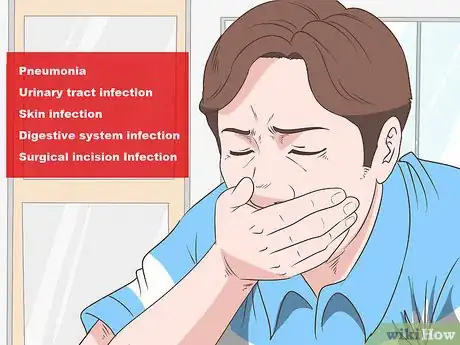
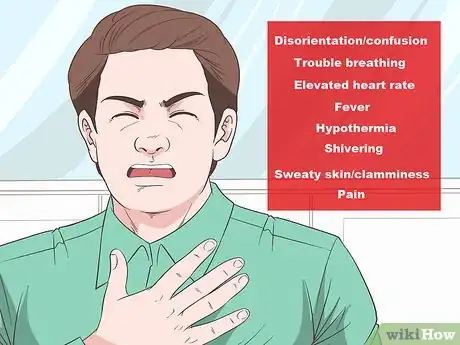
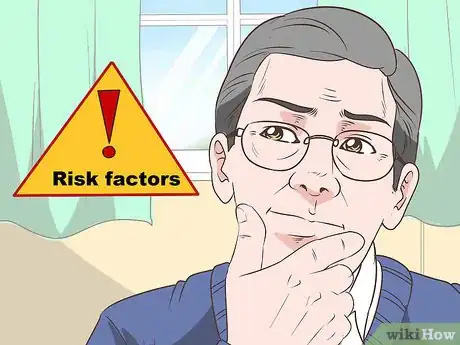

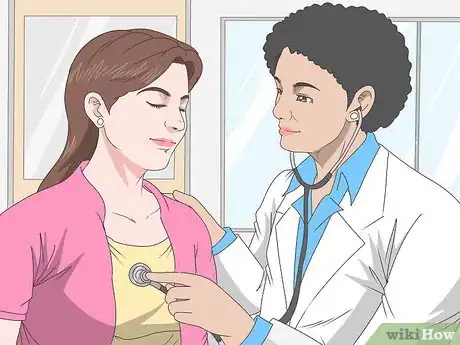
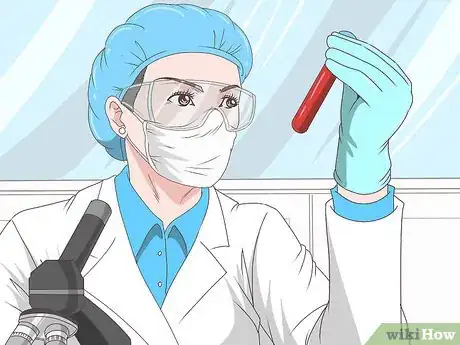

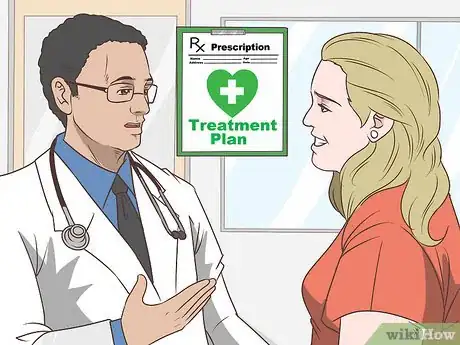

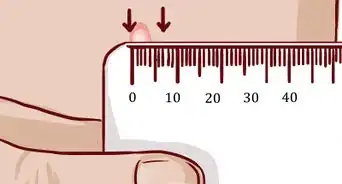
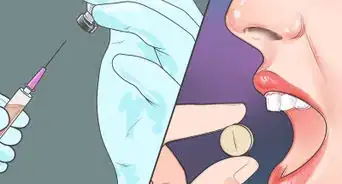


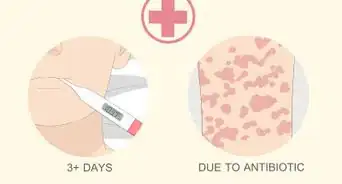






-Step-11.webp)
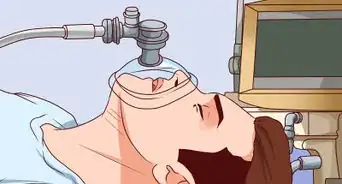
















































Medical Disclaimer
The content of this article is not intended to be a substitute for professional medical advice, examination, diagnosis, or treatment. You should always contact your doctor or other qualified healthcare professional before starting, changing, or stopping any kind of health treatment.
Read More...